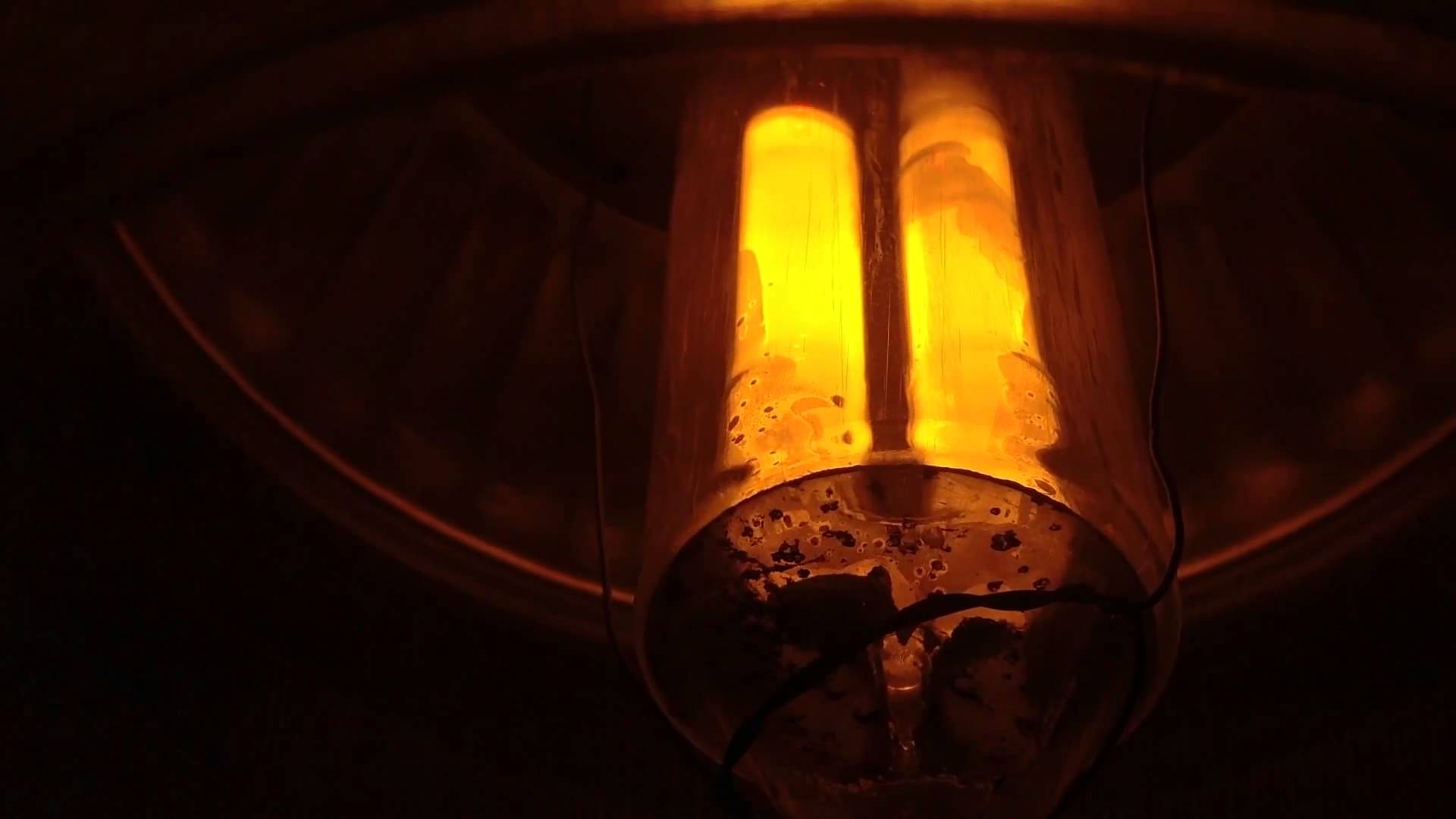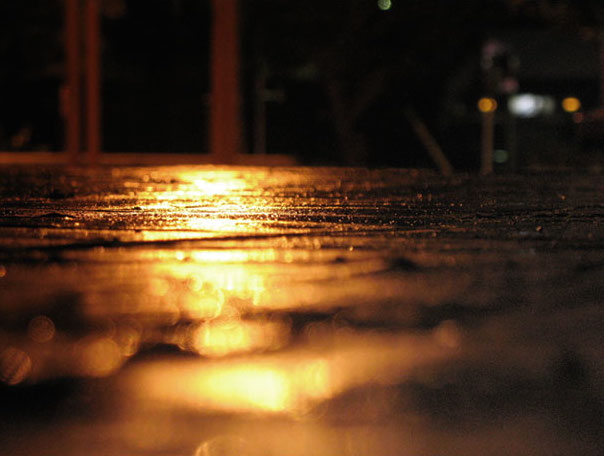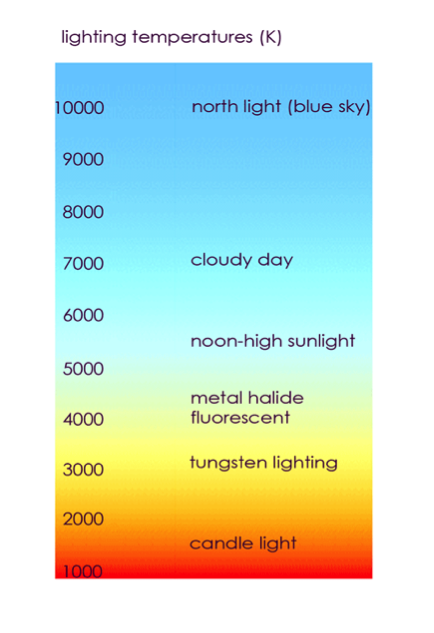There's a lot of debate in the lighting industry about which colour is right for outdoor urban and residential lighting. What is right and what is wrong? There is no definitive answer and often it is very much down to personal preference. To help understand the discussion, it is worth defining how we quantify the colour of white light.
Light emitted by a perfect black-body radiator is measured on the Kelvin scale, which is similar to the degrees centigrade scale but offset by 273 degrees. Water freezes at 273K and it is approximately 293K in your office or home.
Imagine placing a piece of metal such as a horseshoe or poker in the fire. As it heats up, it will start to glow. Firstly a dull red, and as it gets hotter, bright red, then more orange, then yellow. If you continue to heat it, it will eventually get white hot. We use this temperature concept to define the colour of white light.
Look at the image on the right which shows the colours of everyday light sources. We can see that candle or fire light with a lot of reds and orange has a colour temperature of maybe 1500K, whereas a blue sky has a temperature of 10000K.
Consequently, lower Kelvin temperature light has more warm red and yellow in it, whilst higher colour temperatures have more cool blues. So what are we used to?
Are we naturally tuned to different colours of light at different times of the day? We all like good weather and a sunny day. Direct sunlight has a colour temperature of 5600K at midday. Sunlight at dawn and dusk appears more reddish due to light filtering through atmospheric layers. A beautiful sunrise or sunset may produce light at around 2000K. These colours of light help to control our circadian rhythms and tell us when to wake or sleep.
Theories have been put forward that we may prefer the warm colours of low-Kelvin artificial lighting in the evening, due to our ancestors sitting round camp fires, using flame as a light source etc. Other studies have shown that we work and read best with higher Kelvin lighting.  Since the oil and energy crisis in the early 1970s, we have grown accustomed to low pressure sodium street lighting. These lamps produce monochromatic orange light with a colour temp of 1750K. The light from these lamps is notoriously difficult to control and many residential estates are bathed in orange light which illuminates gardens and house fronts. Some people welcome this whilst others find it intrusive.
Since the oil and energy crisis in the early 1970s, we have grown accustomed to low pressure sodium street lighting. These lamps produce monochromatic orange light with a colour temp of 1750K. The light from these lamps is notoriously difficult to control and many residential estates are bathed in orange light which illuminates gardens and house fronts. Some people welcome this whilst others find it intrusive.
High pressure sodium lighting gained popularity in the eighties and nineties and is slightly cooler than low pressure sodium with a temperature of around 2000K.
The CosmoPolis lamp is widely used today and is available in 2800K or 4000K versions.
So there has been a gradual trend towards cooler and cooler light sources. Many town centres are now lit with white light sources such as ceramic metal halide with temperatures in the 3000-4000K range.
Now LED lighting is being rolled out widely across the country, we are seeing colour temperatures of up to 6000K being used. The higher colour temperature LEDs are the most efficient and give the best energy savings.  However on a cold winter’s night these sources can emphasize the cold feel of the environment. As the light sources have developed over the years they have also become easier to control, and modern luminaires often now only light the desired area with little or no stray light. The whole character of our lit environment is changing and great care should be exercised in the choice of lighting colour. The “feel” of the lighting scheme contributes greatly to our sense of comfort.
However on a cold winter’s night these sources can emphasize the cold feel of the environment. As the light sources have developed over the years they have also become easier to control, and modern luminaires often now only light the desired area with little or no stray light. The whole character of our lit environment is changing and great care should be exercised in the choice of lighting colour. The “feel” of the lighting scheme contributes greatly to our sense of comfort.
Some people prefer cooler light sources, and I would count myself in that number. However the light source must be sympathetic to the environment it is intending to light.
We have one customer in London who favours cool crisp white light between 5000 and 6000K. This works well in modern city business district, but may not be appropriate for leafy residential areas.
The whole question of colour temperature is vexed. Is it that colder colours are not suitable or comfortable for our streets? Or is it just resistance to change?




